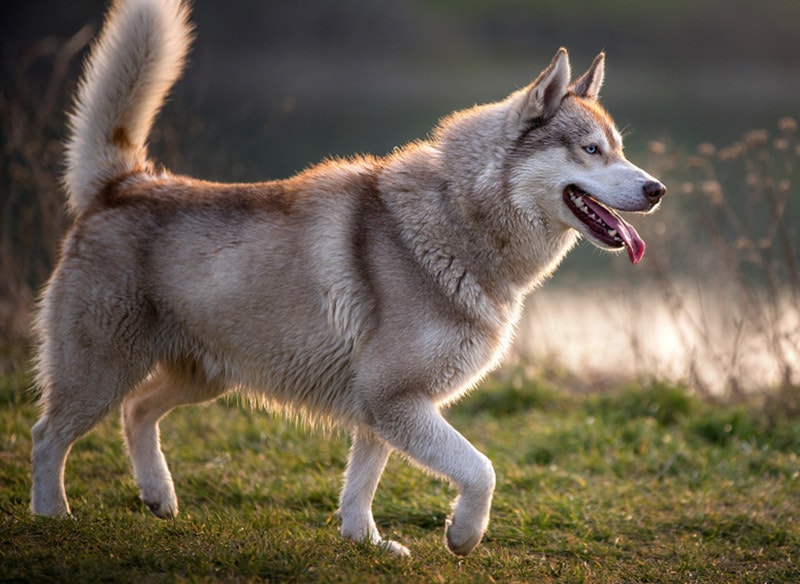When Did People First Start Keeping Dogs as Pets? History Explained
By Jessica Kim
Updated on
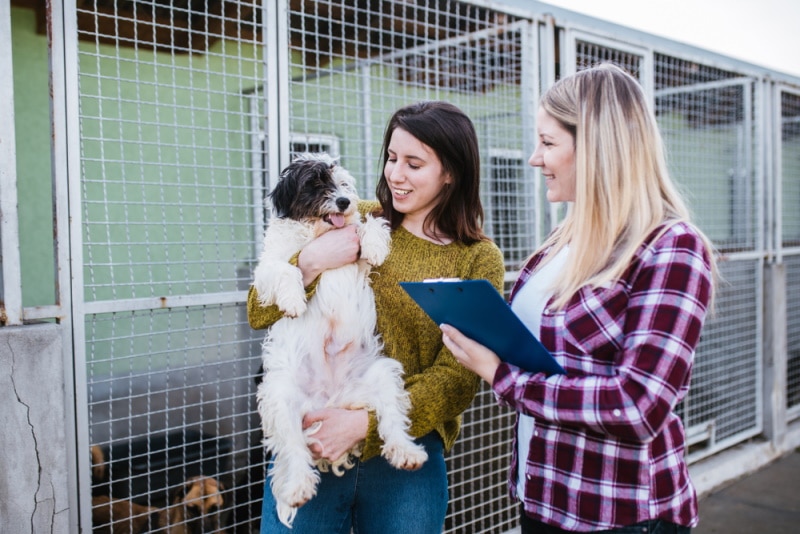
Click to Skip Ahead
It’s hard to believe that there was once a time when dogs weren’t kept as pets. They’ve been living alongside humans for thousands of years, with the first dogs being domesticated between 18,000 to 32,100 years ago.1 The relationship between humans and dogs has evolved over many years, but dogs have always managed to maintain a strong connection with people. The history of the relationship between humans and dogs is fascinating, and it’ll be sure to grow your appreciation and love for your own pet dogs even more.
The First Domesticated Dogs
Dogs and wolves share a common ancestor, and it’s believed that dogs and wolves split into different species sometime in the late Pleistocene, which is the last Ice Age. The origins of the first domesticated dogs are still unclear, but it’s commonly believed that they first appeared in Siberia at least 18,000 years ago.
Evidence of the first undisputed dog was discovered in Germany in 1914.2 The skeleton of a dog was uncovered by archaeologists, and it was found buried with the remains of a human male and female. This dog skeleton is known as the Bonn-Oberkassel dog, and it’s about 14,000 years old.
Another significant discovery of humans and dogs was made in Israel at a hunter-gatherer site that existed at least 12,000 years ago.3 In this case, a human skeleton was found lying on its side with its hand resting on the skeleton of a puppy. The positioning of these remains indicates that they were arranged lovingly, which strongly suggests that the puppy had been a pet.
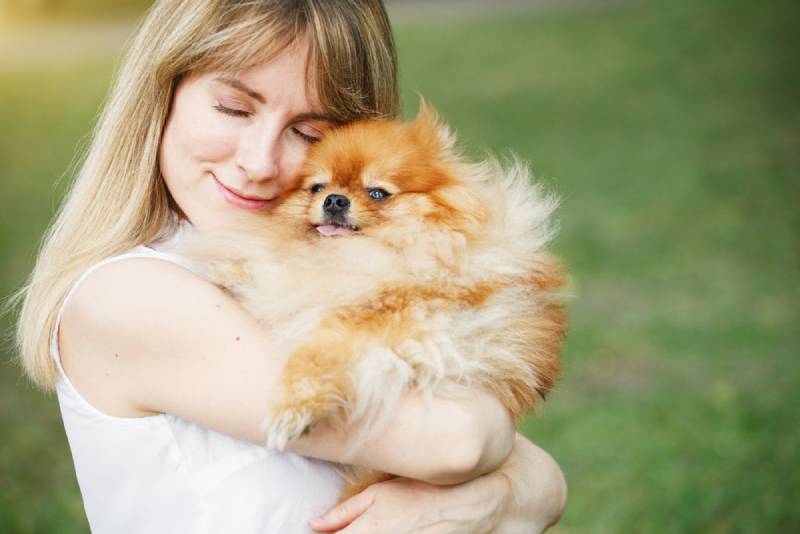
Dogs in Ancient Civilizations
There’s much more evidence of dogs living alongside humans in the ancient world. You can find many fossils and artwork with clear depictions of dogs. Ancient civilizations known to have pet dogs include Ancient Mesopotamia, Egypt, and Greece. One of the most famous ancient associations with dogs is the Egyptian god Anubis, which was often depicted with the head of a dog or jackal. Another popular relic is the Cave Canem, which is a mosaic of a dog located in the ancient remains of Pompeii.
Mesoamerican civilizations, like the Mayans and Aztecs, also have artwork and mythology that include dogs. Dogs also played a significant role in Celtic and Norse cultures, as dogs were present in beliefs about the afterlife, and they were also associated with healing and protection.
Dogs helped humans in ancient civilizations in many ways. They were often employed as guard dogs, hunters, and herders, and some larger dogs would be trained to become war dogs. Some dogs lived more luxurious lives. Royal palace dogs in Ancient China would be carried in royals’ sleeves to protect their owners from any attacks.
The Development of Dog Breeds: 1800s to 1900s
It may be difficult to believe, but a Toy Poodle and a giant Saint Bernard are all the same canine species, Canis lupus familiaris. At some point, humans started selective breeding to create dog breeds that meet certain needs. Records of distinct dog breeds can be found as far back as in Ancient China and Ancient Rome.
However, the concept of purebred dogs became popularized in the Victorian Era. This movement is also known as the Victorian Explosion. During this time, people’s views of dogs shifted, and they were no longer just seen as farm animals. Purebred dogs eventually became a symbol of status and wealth. Selective breeding also encouraged the creation of breed standards, and many dogs started to be bred for companionship rather than work. For example, many toy dog breeds were developed and refined during this era.
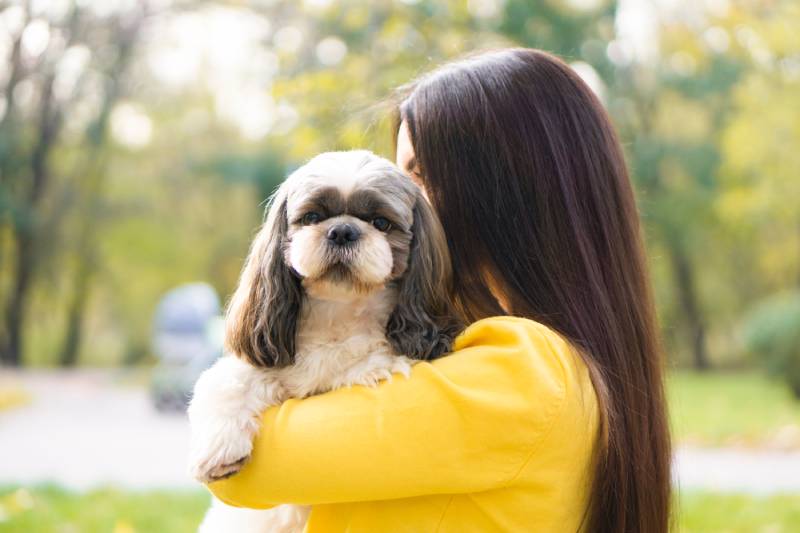
The Modern Dog
Today, there are 356 purebred dog breeds that are officially recognized by the Federation Cynologique Internationale (FCI). Most dogs live their lives as companion pets and family dogs. However, you can still see dogs working and helping humans in many different contexts.
Many dogs remain close to their agricultural roots and work as farmhands and livestock herders. Dog breeds with strength and stamina often work as police dogs, military dogs, and search and rescue dogs. Many different kinds of dog breeds have also become successful service dogs and therapy dogs. One of the most famous groups of working dogs in the US is the Beagle Brigade. The Beagle Brigade is a group of about 120 Beagles that are employed by the USDA as detector dogs, and they help screen passengers and cargo in international airports all across the country.
Designer Dogs
Designer dogs, or hybrid dog breeds, are dogs that have been bred with two purebred dogs. Designer Dogs have been growing in popularity, and some are even more popular and well-known than purebred dogs that have been around for centuries. The first known designer dog is the Australian Labradoodle, which first appeared in the 1970s. Since then, many Poodle-crosses have appeared, like the Goldendoodle, Aussiedoodle, Cavapoo, and Yorkie-Poo.
The growth of designer dogs may be attributed to a few factors. First, there’s a common belief that mixed dog breeds have lower risks of congenital and hereditary health conditions. Many designer dog breeds also involve a Poodle or another low-shedding dog to allow allergy sufferers to have an easier time living with dogs.
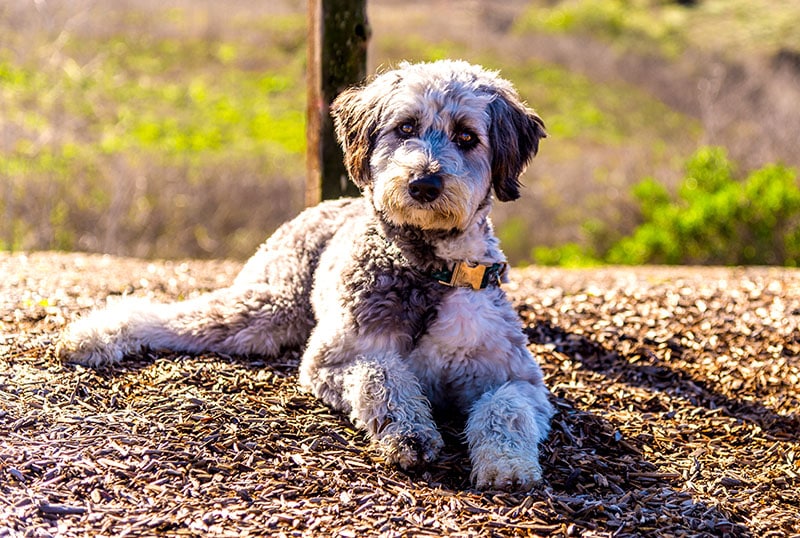
Conclusion
Dogs have lived alongside humans for millennia. While their appearance and roles may have changed over the years, they’ve consistently maintained strong relationships with humans. They have a unique ability to connect with humans and often end up providing much help, care, and love to many people. With all the contributions they’ve made to human civilizations and societies, they most certainly deserve the title of man’s best friend, and we don’t see that changing any time soon.
Featured Image Credit: hedgehog94, Shutterstock


